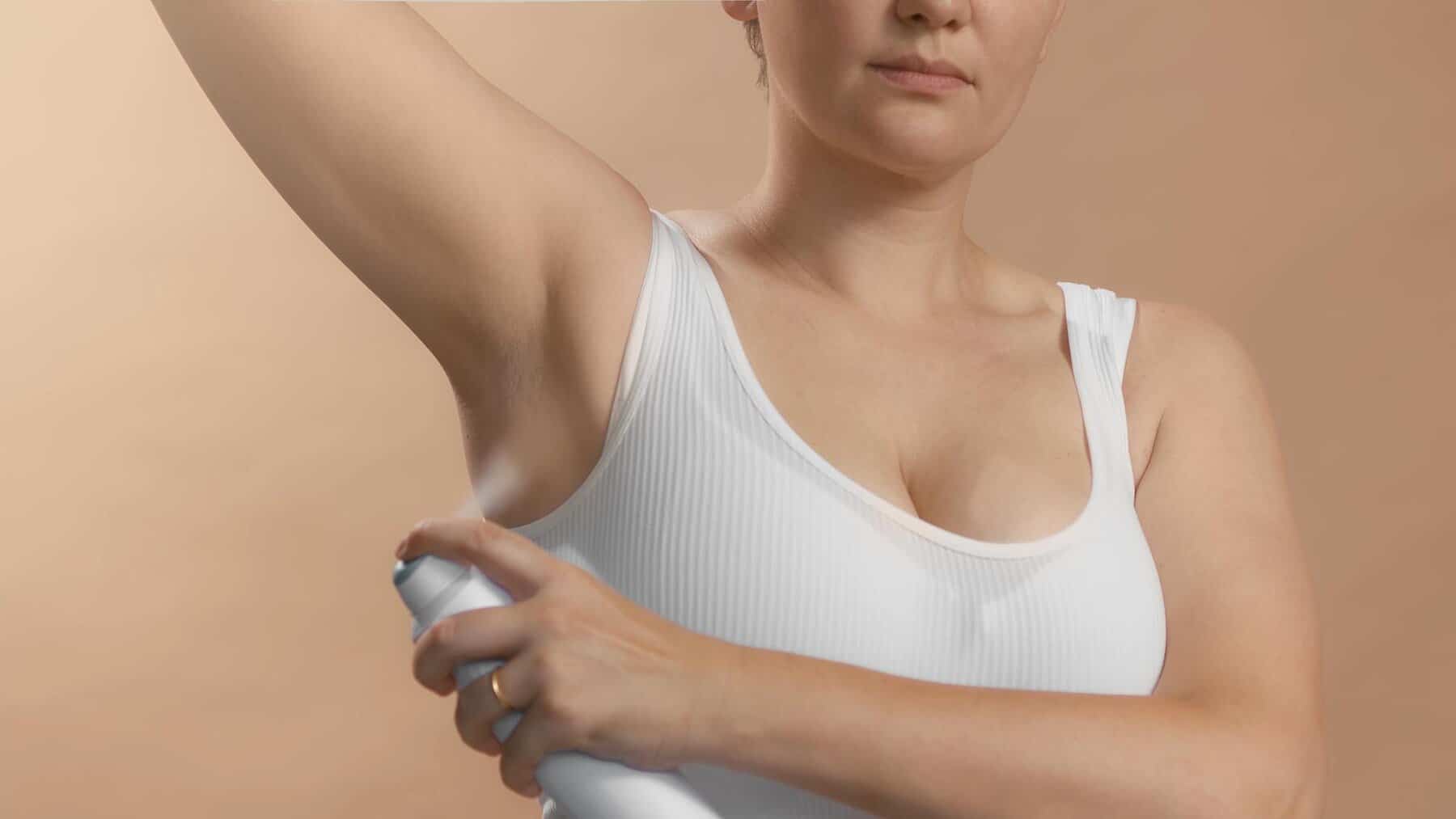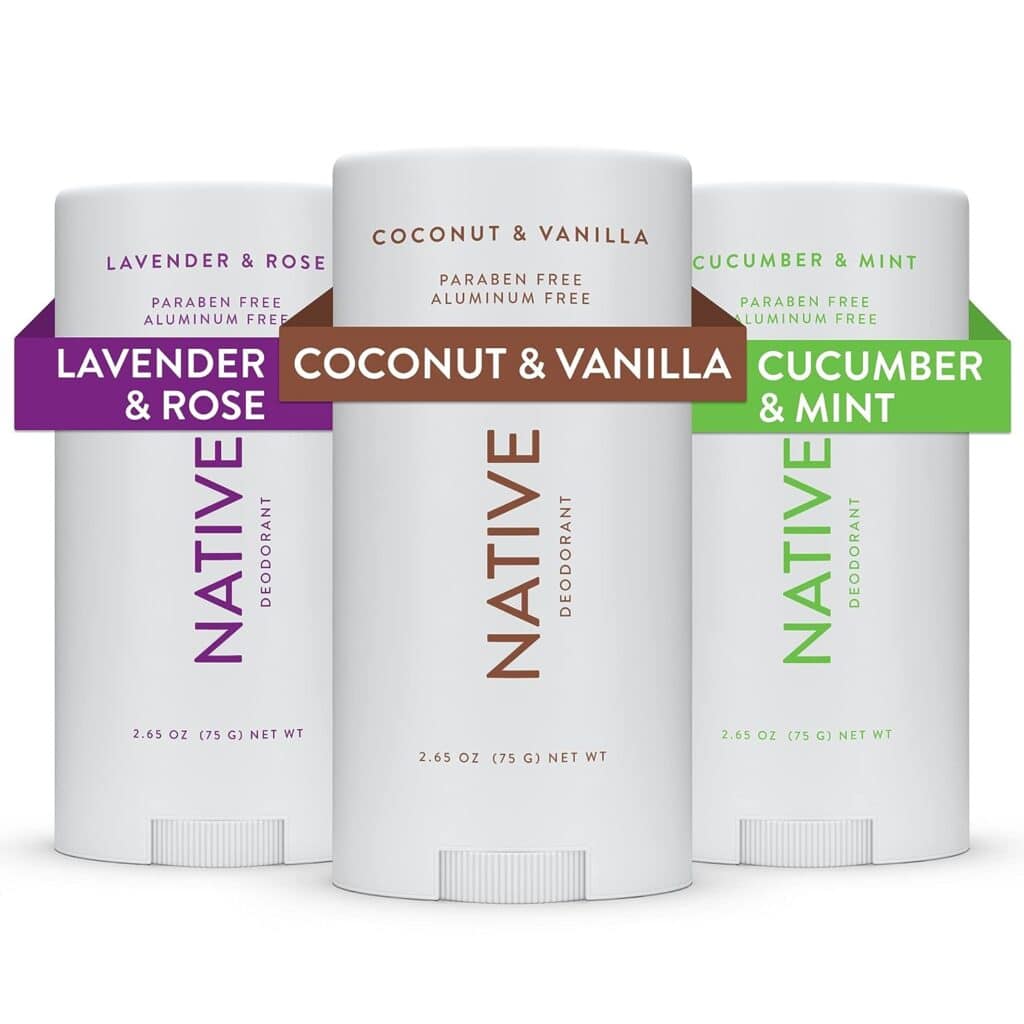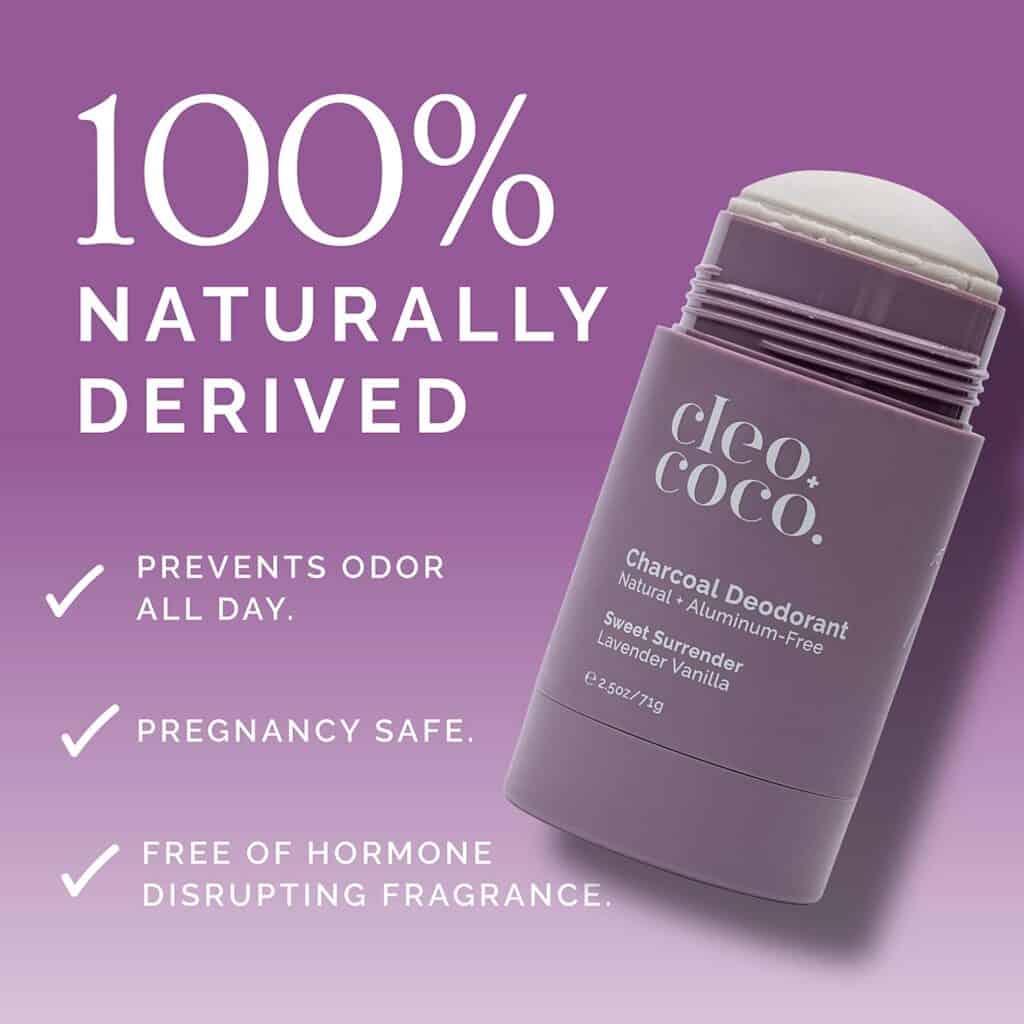
Explore 3 Aluminum Free Deodorants. Deodorant is an essential part of our daily grooming routine. It helps us stay fresh and odor-free throughout the day.
However, the common concern with many conventional deodorants is the inclusion of aluminum compounds. Many people are looking for safer alternatives, and one of the most popular choices is deodorant without aluminum.
In this guide(Explore 3 Aluminum-Free Deodorants| Stay Fresh Naturally), we will explore the world of aluminum-free deodorants, including their benefits, ingredients, and the best options for both women and men.
1. Understanding the Aluminum Dilemma
What is Aluminum in Deodorant?
- Aluminum-based compounds, such as aluminum chlorohydrate and aluminum zirconium, are commonly used in antiperspirants to block sweat glands. They work by forming a plug in your sweat ducts, reducing the amount of sweat that reaches the skin’s surface.
Concerns About Aluminum :
- There has been growing concern about the potential health risks associated with aluminum in deodorants, including links to breast cancer and Alzheimer’s disease. While the scientific community is still researching these claims, many individuals opt for aluminum-free alternatives for peace of mind.
The Rise of Aluminum-Free Deodorants:
- The demand for aluminum-free deodorants has surged in recent years. Consumers are increasingly seeking natural and safer alternatives to traditional antiperspirants. Let’s explore the benefits of going aluminum-free and the role of baking soda in these products.
2. Choosing a Safe Alternative: Baking Soda in Deodorants
The Role of Baking Soda:
- Baking soda, or sodium bicarbonate, is a common ingredient in aluminum-free deodorants. It helps neutralize odors by balancing the pH of the skin and absorbing sweat. Its mild abrasive properties can also aid in exfoliating the underarm area.
Benefits of Baking Soda in Deodorants:
- Baking soda offers several benefits in deodorants, such as its natural odor-fighting abilities, pH-balancing properties, and gentle exfoliation. We’ll discuss how these advantages make it a popular choice for those seeking a natural, aluminum-free deodorant option.
How to Make Your Own Baking Soda Deodorant:
- For the DIY enthusiasts, we’ll provide step-by-step instructions on creating your own baking soda-based deodorant. You’ll be able to customize your formula to suit your preferences and needs.
3. Deodorant without Aluminum for Women
The Best Aluminum-Free Options:
- We’ll introduce you to some of the best aluminum-free deodorants for women, including their features, scents, and staying power. Whether you have sensitive skin or prefer a specific fragrance, we have recommendations to suit your requirements.
Sensitive Skin Formulas:
- For those with sensitive skin, we’ll explore deodorants specially formulated to minimize irritation. We’ll also discuss the importance of patch testing when transitioning to a new deodorant.
Natural and Organic Choices:
- If you’re looking for all-natural or organic options, we’ve got you covered. Discover brands that prioritize clean ingredients, sustainability, and cruelty-free practices.
4. Deodorant without Aluminum for Men
Top Picks for Men:
- Men have unique preferences when it comes to deodorants. We’ll recommend aluminum-free options designed for men, highlighting their masculine fragrances and long-lasting protection.
Long-Lasting Formulas:
- Active individuals and those with physically demanding jobs require deodorants that can keep up. We’ll explore long-lasting formulas that ensure freshness throughout the day.
Masculine Fragrances:
- Explore deodorants with scents that cater to a more masculine taste. From woody and earthy to citrus and spice, we’ll help you find the perfect scent for your style.
5. Additional Concerns: Parabens in Deodorant
What Are Parabens?
- Parabens are preservatives commonly found in cosmetics and personal care products, including deodorants. We’ll delve into what parabens are and why they are a concern.
The Connection Between Parabens and Health:
- There’s ongoing debate about the potential health risks associated with parabens. We’ll discuss the concerns and explore why many people seek deodorants without both aluminum and parabens.
Finding Deodorants without Aluminum and Parabens:
- Discover deodorant brands and products that offer a double benefit: no aluminum and no parabens. We’ll also provide guidance on reading product labels to identify paraben-free options.
6. DIY Aluminum-Free Deodorant Recipes
Baking Soda-Based Recipes:
Ingredients:
- 3 tablespoons of baking soda
- 3 tablespoons of cornstarch or arrowroot powder (for moisture absorption)
- 2 tablespoons of coconut oil (for texture and moisturizing)
- 10-15 drops of your preferred essential oil (for fragrance)
Instructions:
- In a mixing bowl, combine the baking soda and cornstarch (or arrowroot powder).
- Slowly add the coconut oil and mix until you achieve a smooth, consistent texture. You can adjust the amount of coconut oil to your preferred thickness.
- Once the mixture is well-blended, add your choice of essential oil drops. Stir thoroughly to distribute the fragrance evenly.
- Transfer the mixture into an empty, clean deodorant container or a small, airtight container with a lid. Ensure the mixture is tightly packed.
- Let the mixture cool and solidify at room temperature, which may take a few hours. Once it’s firm, your homemade baking soda-based deodorant is ready to use.
Coconut Oil and Arrowroot Powder Recipes:
Ingredients:
- 3 tablespoons of coconut oil
- 2 tablespoons of arrowroot powder (for moisture absorption)
- 2 tablespoons of baking soda
- 10-15 drops of your preferred essential oil (for fragrance)
Instructions:
- In a mixing bowl, combine the coconut oil, arrowroot powder, and baking soda. Stir until you achieve a smooth, consistent mixture.
- Add your choice of essential oil drops to the mixture and stir thoroughly to evenly distribute the fragrance.
- Transfer the mixture into a clean, empty deodorant container or a small, airtight container with a lid. Ensure it’s packed tightly.
- Allow the mixture to cool and solidify at room temperature. This may take a few hours. Once it’s solid, your homemade coconut oil and arrowroot powder deodorant is ready for use.
Aloe Vera and Essential Oils Recipes:
Ingredients:
- 3 tablespoons of aloe vera gel (for soothing and moisturizing)
- 2 tablespoons of baking soda (for odor control)
- 1 tablespoon of arrowroot powder (for moisture absorption)
- 10-15 drops of your preferred essential oil (for fragrance)
Instructions:
- In a mixing bowl, combine the aloe vera gel, baking soda, and arrowroot powder. Stir until you have a smooth, consistent mixture.
- Add your choice of essential oil drops to the mixture and stir thoroughly to evenly distribute the fragrance.
- Transfer the mixture into a clean, empty deodorant container or a small, airtight container with a lid. Make sure it’s tightly packed.
- Let the mixture cool and solidify at room temperature, which may take a few hours. Once it’s firm, your homemade aloe vera and essential oils deodorant is ready for use.
Remember to store your DIY deodorants in a cool, dry place, away from direct sunlight. These homemade deodorants are natural and may be softer in warm temperatures and firmer in cold temperatures, but they work effectively to keep you fresh throughout the day.
7. Tips for a Smooth Transition
Detoxifying Your Underarms:
- Transitioning from conventional deodorants to aluminum-free options may require a brief adjustment period. We’ll discuss how to detoxify your underarms and make the process more comfortable.
Application Tips for Aluminum-Free Deodorants:
- Aluminum-free deodorants can be applied differently from antiperspirants. We’ll provide tips for effective application to ensure you stay fresh all day.
Common Pitfalls to Avoid :
- Finally, we’ll highlight common mistakes to avoid when switching to aluminum-free deodorants. This will help you have a smooth and successful transition.
8. Frequently Asked Questions:
Explore 3 Aluminum-Free Deodorants| Stay Fresh Naturally:
Q1: Are Aluminum-Free Deodorants Effective?
- A1: Yes, aluminum-free deodorants can be effective. They work by controlling body odor, but they don’t block sweat glands like traditional antiperspirants. Their effectiveness often depends on the ingredients used, which can vary from product to product.
Q2: Can Aluminum-Free Deodorants Help with Sweating?
- A2: Aluminum-free deodorants can help manage perspiration to some extent. While they don’t prevent sweating entirely, many of them contain natural ingredients that can absorb moisture and control odor. However, they may not be as effective in managing excessive sweating as antiperspirants.
Q3: How to Store Homemade Deodorant?
- A3: Storing homemade deodorant properly is essential to maintain its effectiveness. To do this, use airtight containers to prevent exposure to air and moisture. Keep it in a cool and dry place to avoid melting or spoilage. Proper storage helps preserve the deodorant’s consistency and scent.
Q4: Is There a Difference Between Men’s and Women’s Deodorants?
- A4: There can be differences between men’s and women’s deodorants in terms of scents, packaging, and marketing. However, the necessity of gender-specific deodorants is a matter of personal preference. Unisex options are often equally effective, and choosing between them depends on your individual scent and application preferences.
9. Final words about: Explore 3 Aluminum Free Deodorants
In summary, this blog post has explored the world of aluminum-free deodorants and their importance in our daily grooming routine. We’ve covered concerns related to aluminum in conventional deodorants, the rise in demand for safer alternatives, and the benefits of choosing aluminum-free options.
We’ve also discussed the role of baking soda, provided product recommendations for both women and men, and touched on paraben concerns.
The blog post includes practical DIY recipes for creating homemade deodorants and offers tips for a smooth transition to aluminum-free options. In the “Frequently Asked Questions” section, we’ve answered key queries about these deodorants’ effectiveness and other related topics.
We hope this guide has equipped you with the knowledge you need to make informed decisions in your quest to stay fresh naturally and aluminum-free.
Related post that you may like: The Deodorant Dilemma: Care or Not Care About Toxicity?













